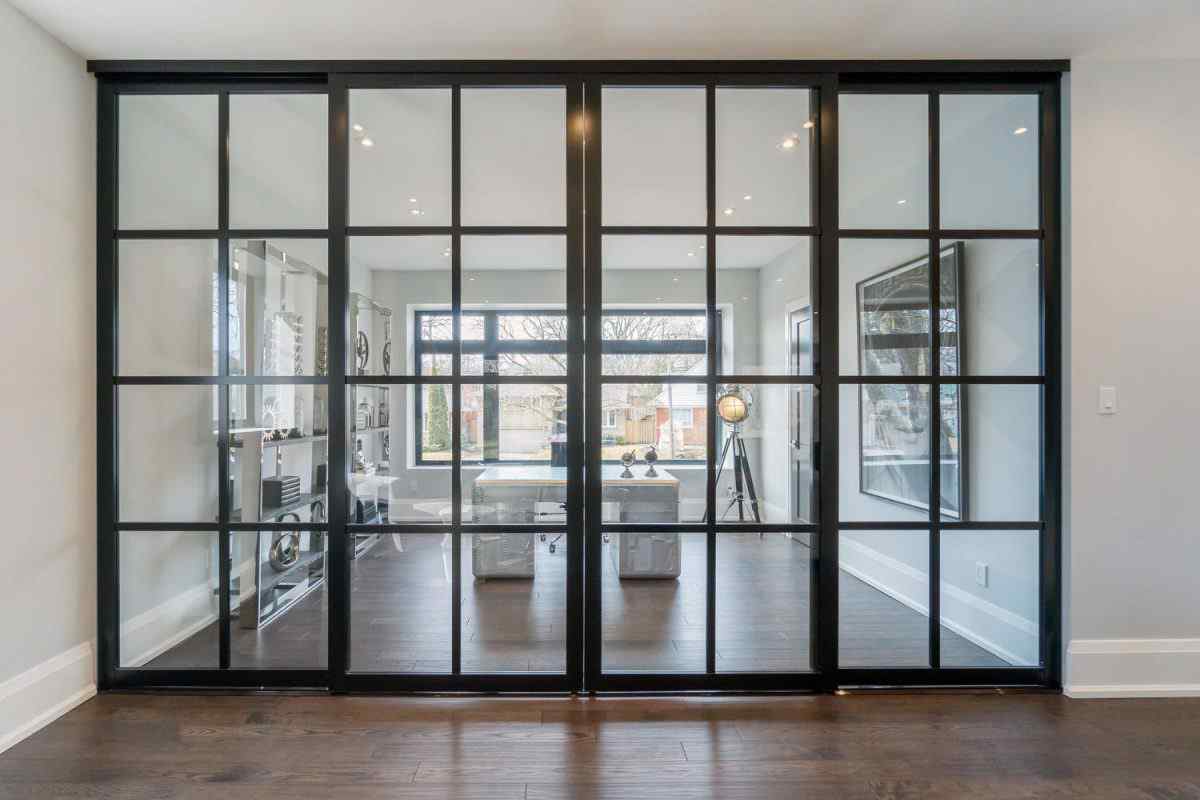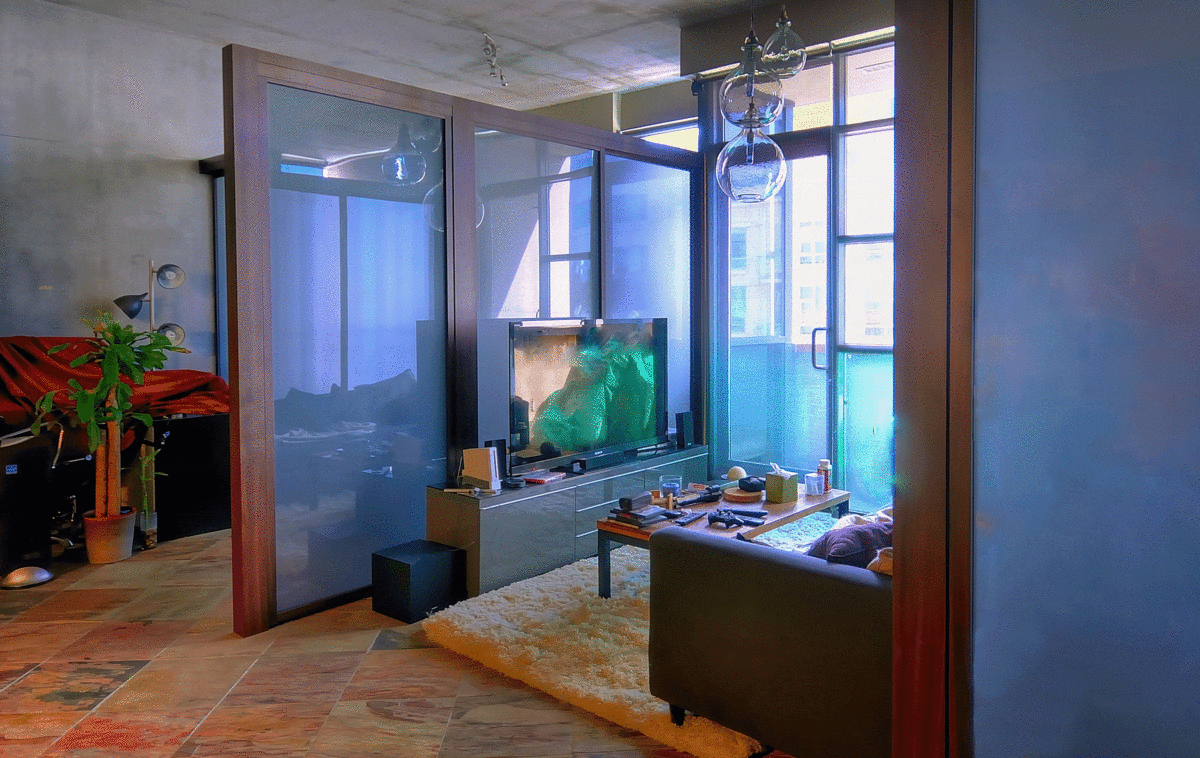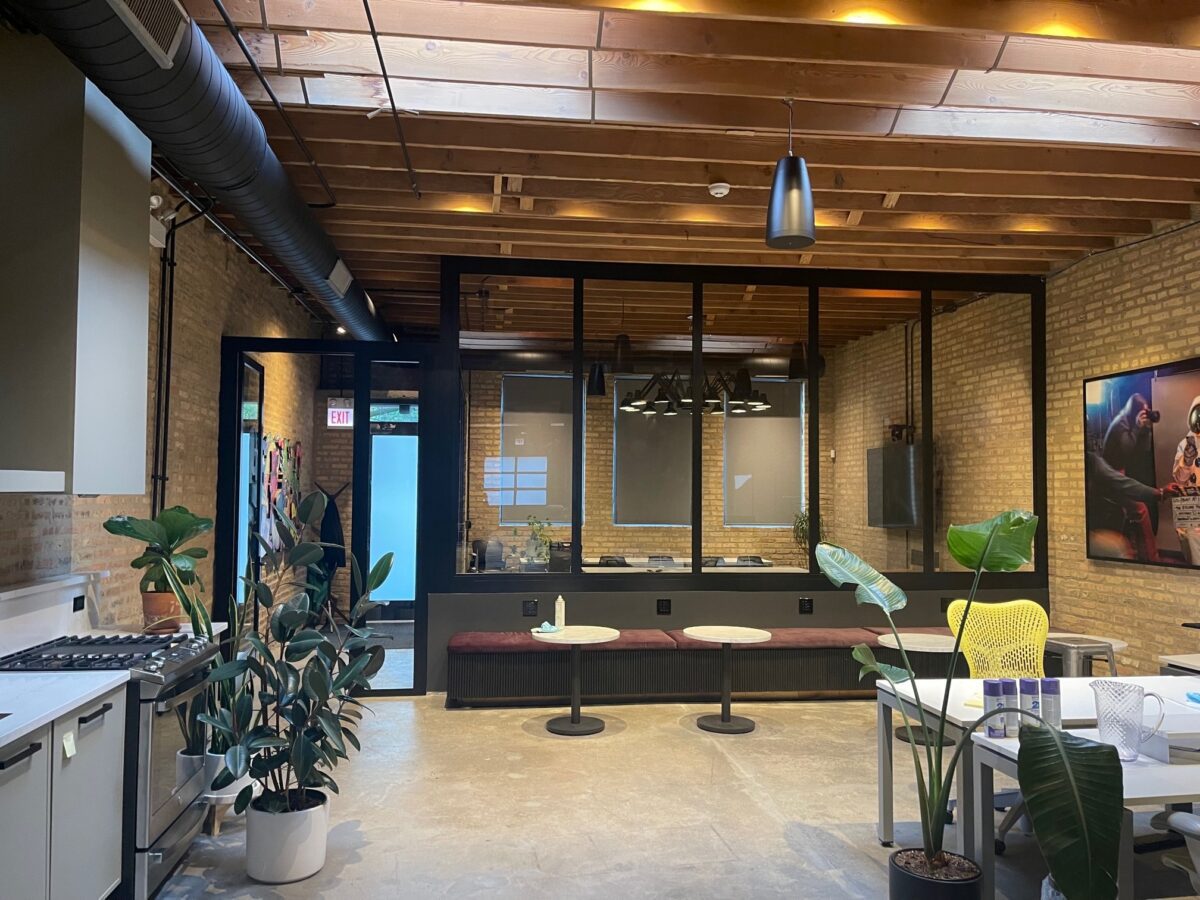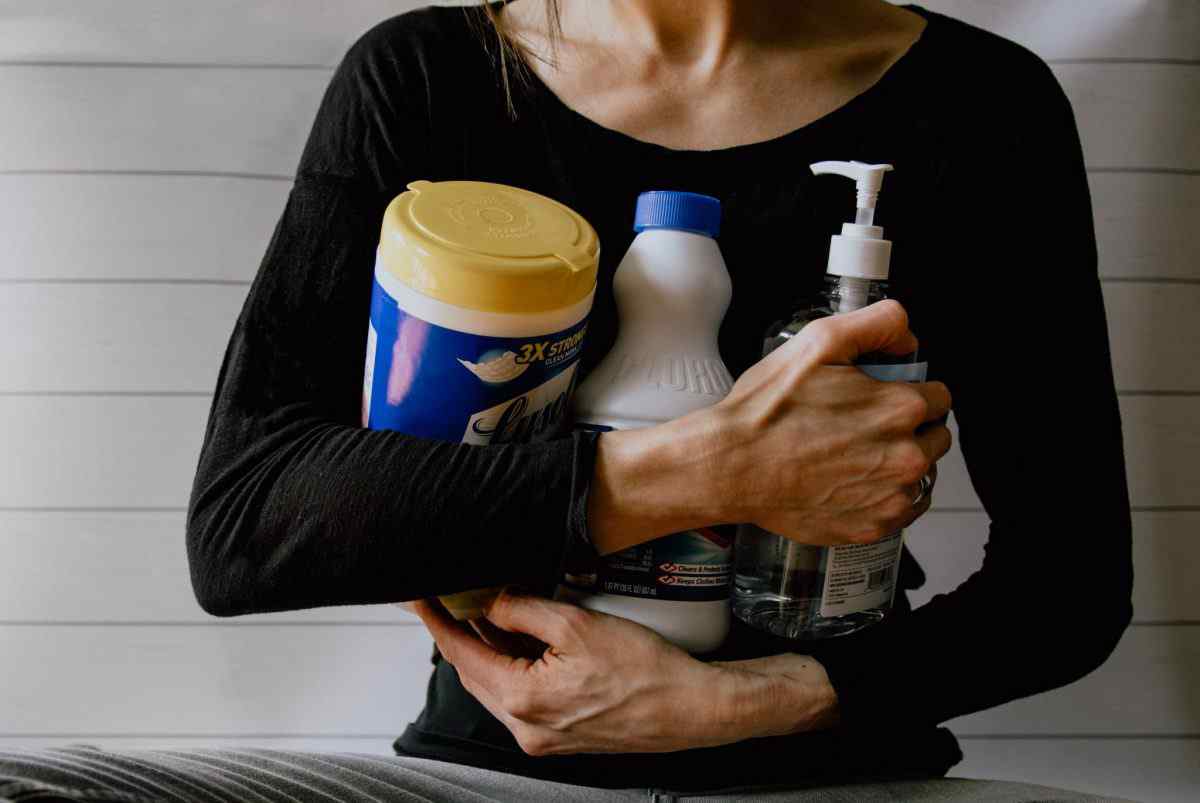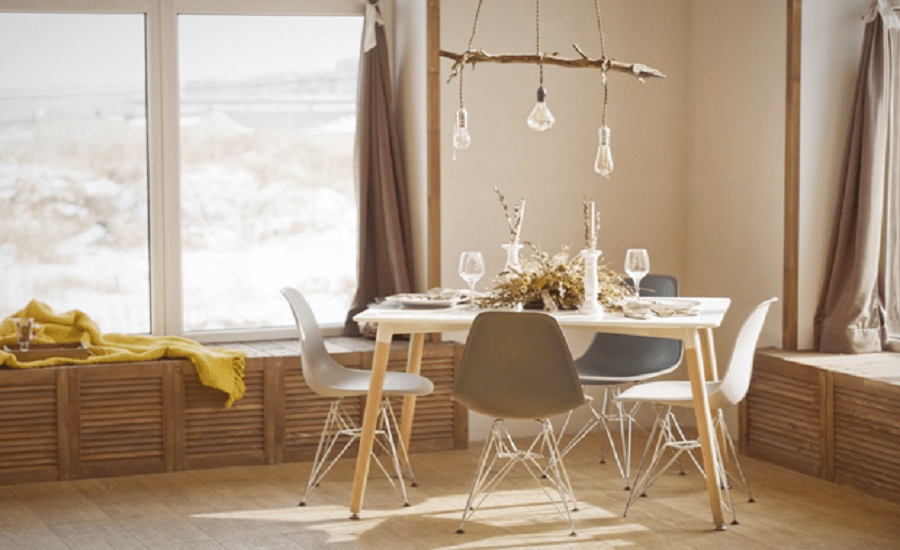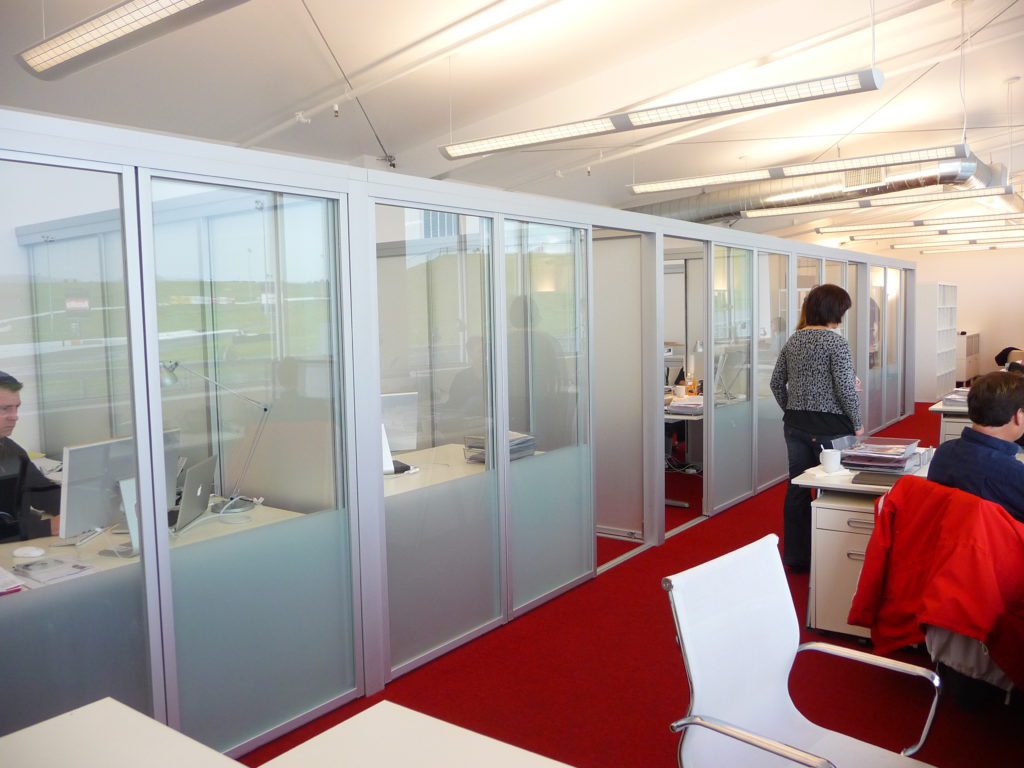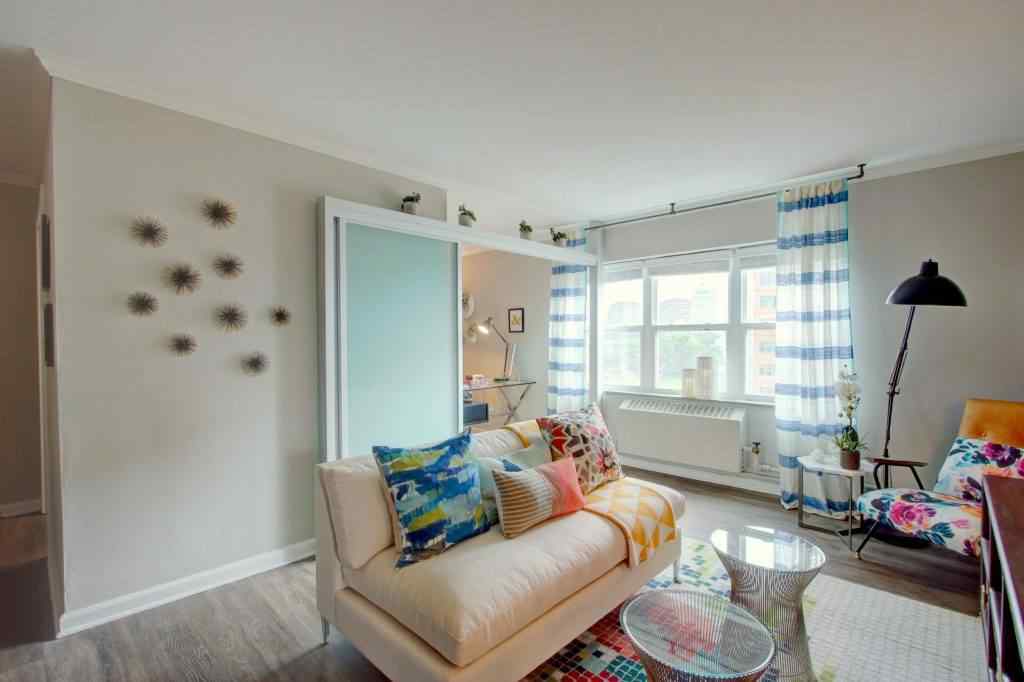This year is finally coming to a close, despite how, for many of us, it’s felt like a lifetime since things were normal, pre-COVID. Now is the time to start thinking about what kind of interior environment you want to enter the new year in. Interior remodeling or reorganizing is a great way to emotionally reset after periods of stress, uncertainty, or change. Cleaning out closet spaces, updating your wardrobe, or even tackling a yard project are all such cathartic exercises and act as a wonderful outlet for reorganizing your mind and your goals moving into the next chapter.
When we begin to go through older items or material possessions that no longer serve us, we are able to cleanse and release attachments to pieces or times of our life that we no longer need. So if you’re interested in tackling some interior spaces this fall, good on you! And to help you through the process, we’ve put together a list of tips to help get you going! First things first.
Start Small
Start by tackling the smaller spaces first, a.k.a. closets, and bathrooms. After all, an unorganized closet is like a runaway train, there’s no telling where it’s going and when it will stop. It’s a good idea, in general, to go through your closets at least four times each year in order to stay on top of all the chaos. It’s helpful to remind yourself what clothes and other items you have to pick from, and also to decipher between what is being used and what truly isn’t. Too many of us hold onto things that we don’t ever use or wear solely because they hold a certain sentimental value. And after years of these items collecting and compounding, we wind up living amongst too much. Having too many personal items can distract one from feeling comfortable and relaxed in their own home. And who would want that? Especially during this year, when we’ve lived indoors for the majority of the day, we want our spaces to feel fresh, clean, and comfortable, not packed with messy unnecessary items. Oftentimes, we fail to recognize when we are living in chaos and why we’re feeling overwhelmed. As if this year wasn’t overwhelming enough, having an unorganized, overpacked home is definitely not a good place to call a sanctuary. So what can you do about it?
Space Savers
Pull everything out of your closet and lay it out on the floor or on your bed so that you can get a full view and understanding of everything that you’ve been holding onto. After taking it all in, systematically go through each item and put them in different piles. Make a “keeping” pile, a “donating” pile, and also a “maybe” pile. After doing several rounds of this system of organization, you’ll be able to really hone in on what items you want to keep and what you can safely ditch. And before you put them back in the closet, make sure to thoroughly clean, dust, and wipe down the surfaces so you can return your belongings to a clean environment. Additionally, you should consider installing Sliding Glass Closet Doors to replace normal front opening doors. These sleek, modern closet sliding doors add an updated aesthetic to any space while simultaneously affording you more floor area than typical swing doors. This means more space to sprawl! The Sliding Door Company crafts beautifully designed, sturdy sliding doors, Bathroom Pocket Doors, and glass wall partitions that elevate indoor environments and help families organize their interiors one solution at a time. They can be professionally installed in a matter of hours and require no construction. See, there’s no reason to put off your closet reorganization when you have the help of the experts in the field!
Deep clean
After reorganizing and restructuring your closets, donating your unwanted items, and tackling your excess goods, it’s time to deep clean those interiors! Arm yourself with all the necessary cleaning equipment such as:
- rubber gloves
- face mask
- brooms
- swiffers
- glass cleaner
- surface spray
- disinfecting wipes
- dusters
Starting with the sweeping and mopping, you’ll then work your way onto windows, surfaces, bathtubs, the kitchen counters, and so on. Starting the winter season off with a clean, well-organized home will make a huge difference this year!
Now that you have the basics for transforming your home into a clutter-free sanctuary, it’s time to get to work! For more info on the floor to ceiling wall partitions and sliding glass barn doors from The Sliding Door Company, book a free consultation with one of our representatives and start your home renovation today!

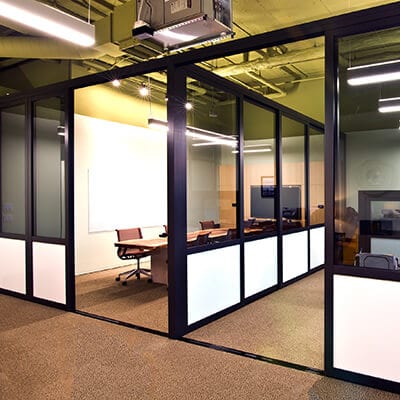
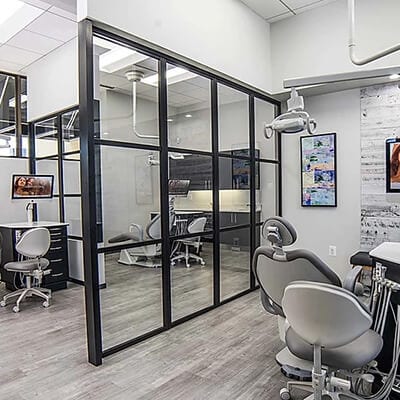 PARTITION WALLS
PARTITION WALLS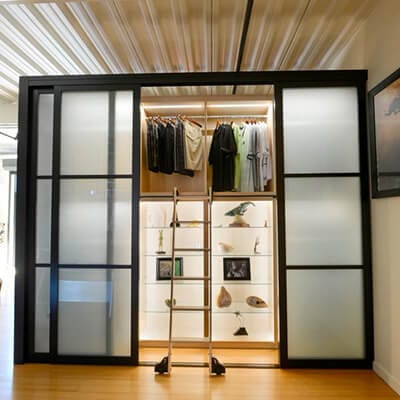 CLOSET DOORS
CLOSET DOORS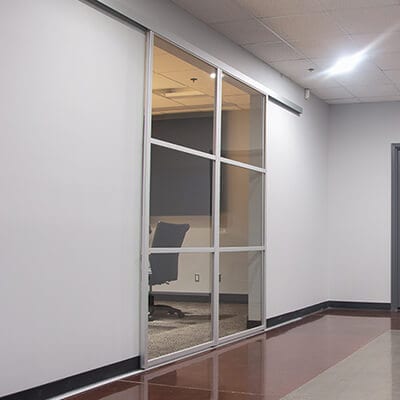 WALL SLIDE DOORS
WALL SLIDE DOORS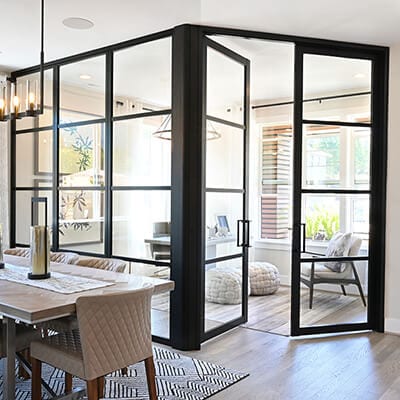 SWING DOORS
SWING DOORS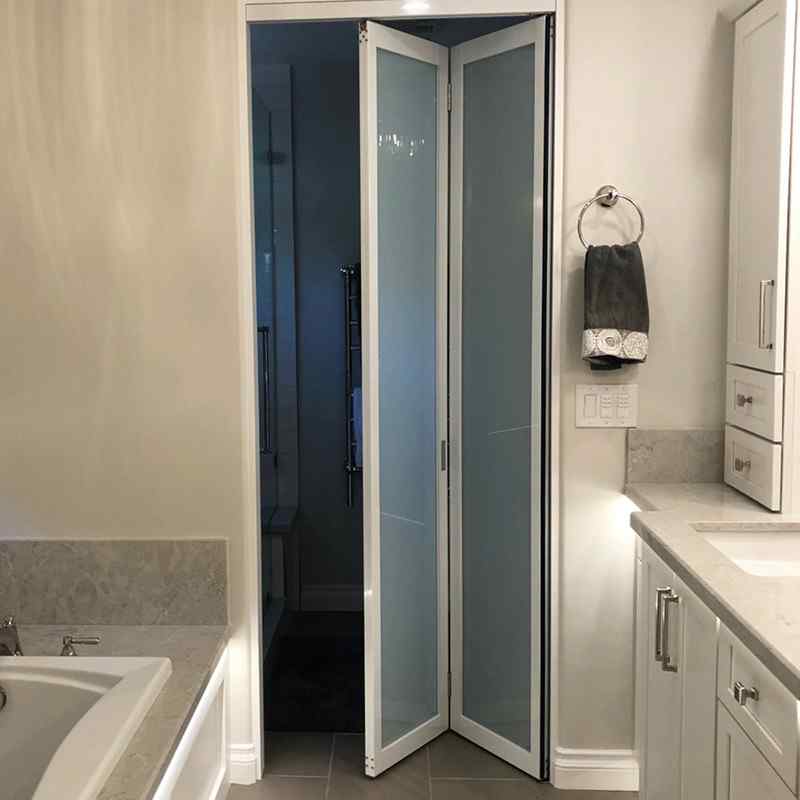 BI-FOLD DOORS
BI-FOLD DOORS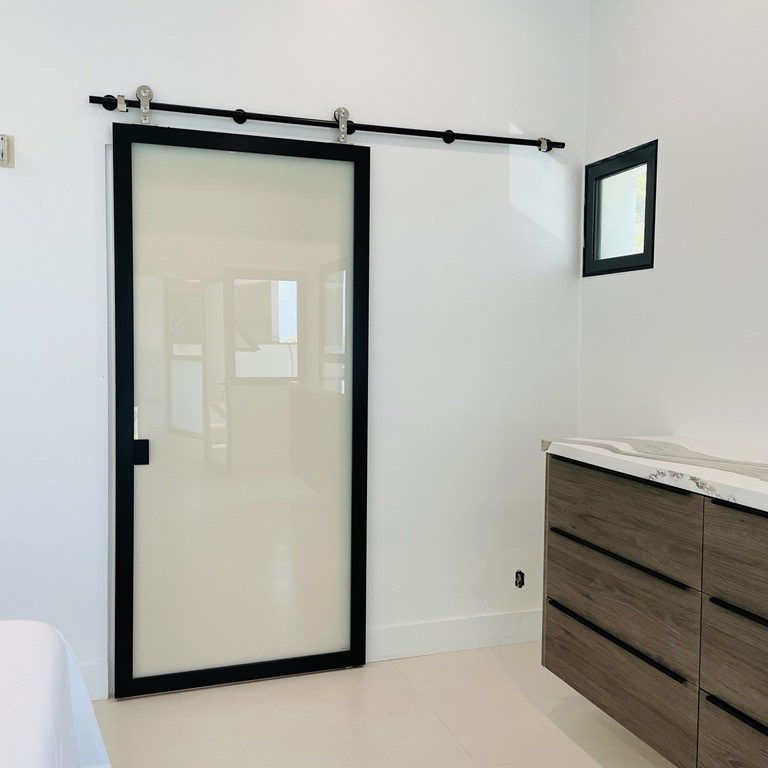 BARN DOORS
BARN DOORS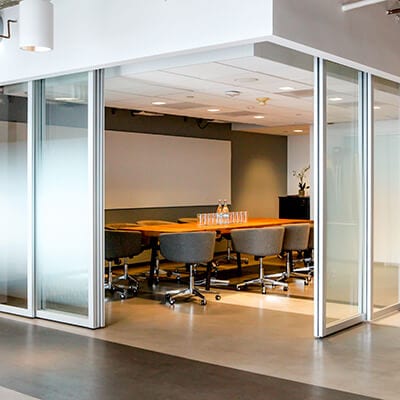 SUSPENDED DOORS
SUSPENDED DOORS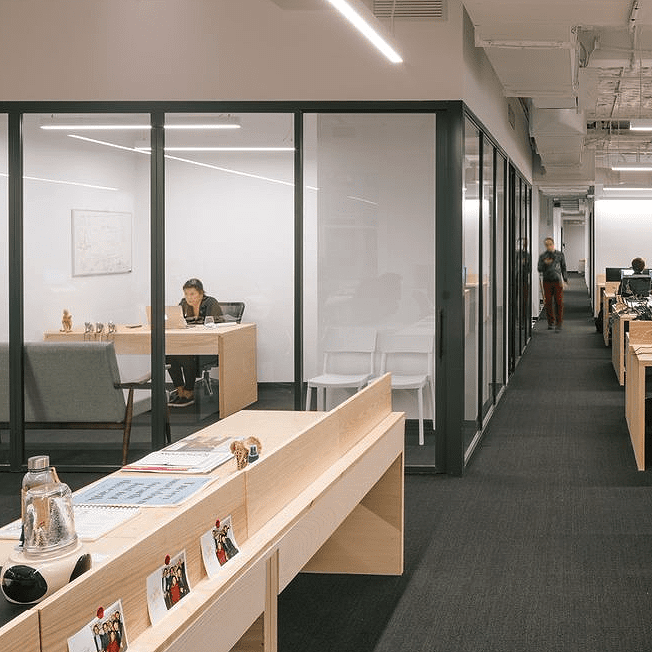
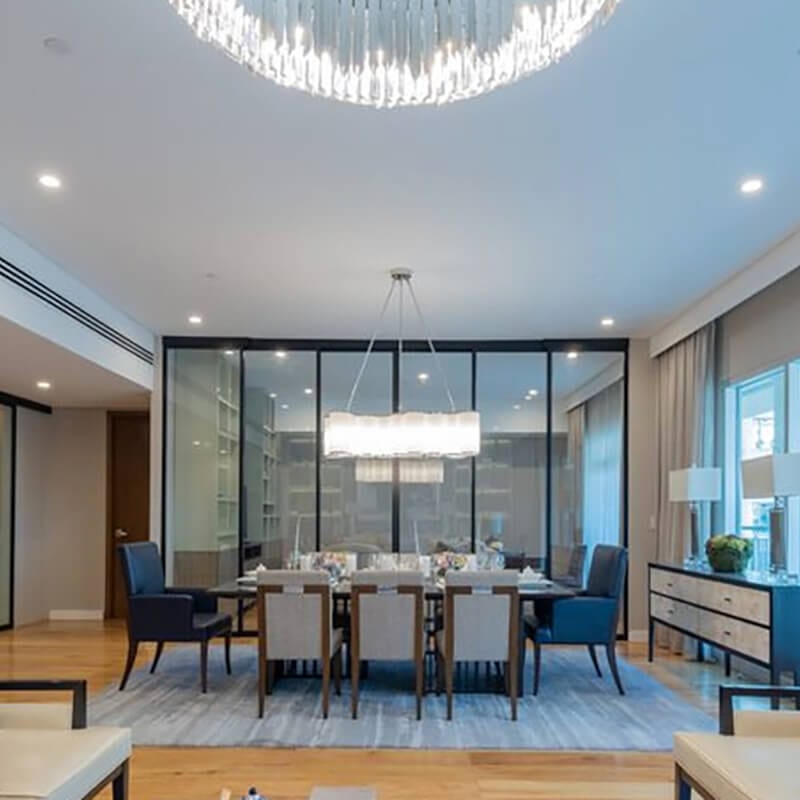 HOSPITALITY
HOSPITALITY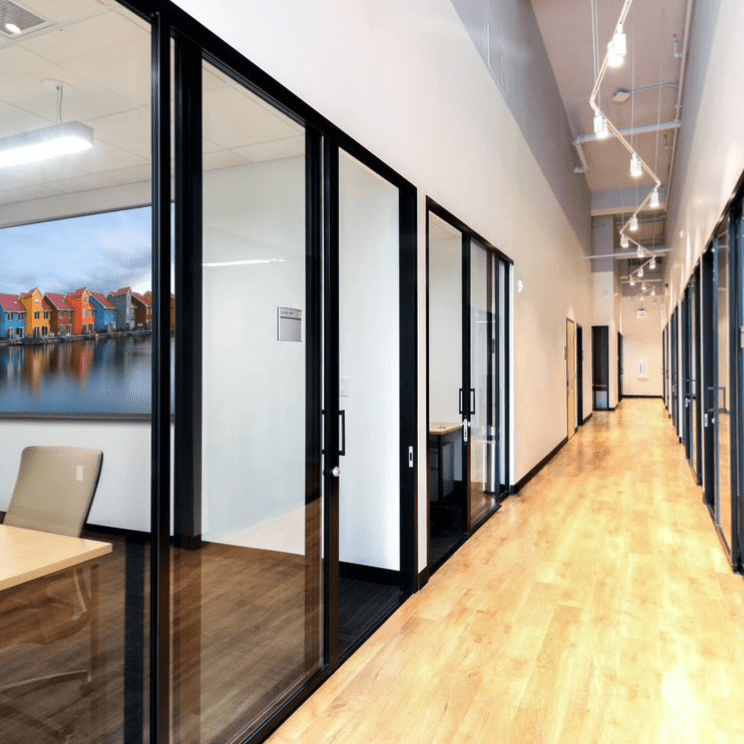 CO-WORKING
CO-WORKING HEALTHCARE
HEALTHCARE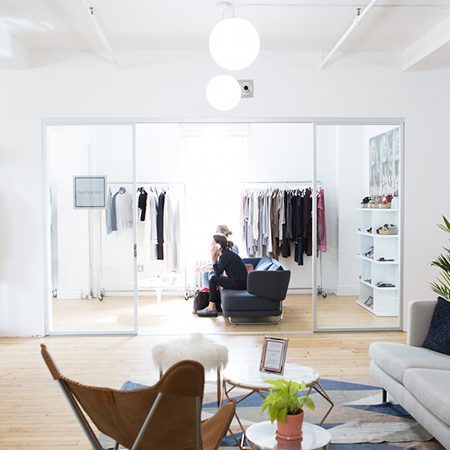 BRICK & MORTAR
BRICK & MORTAR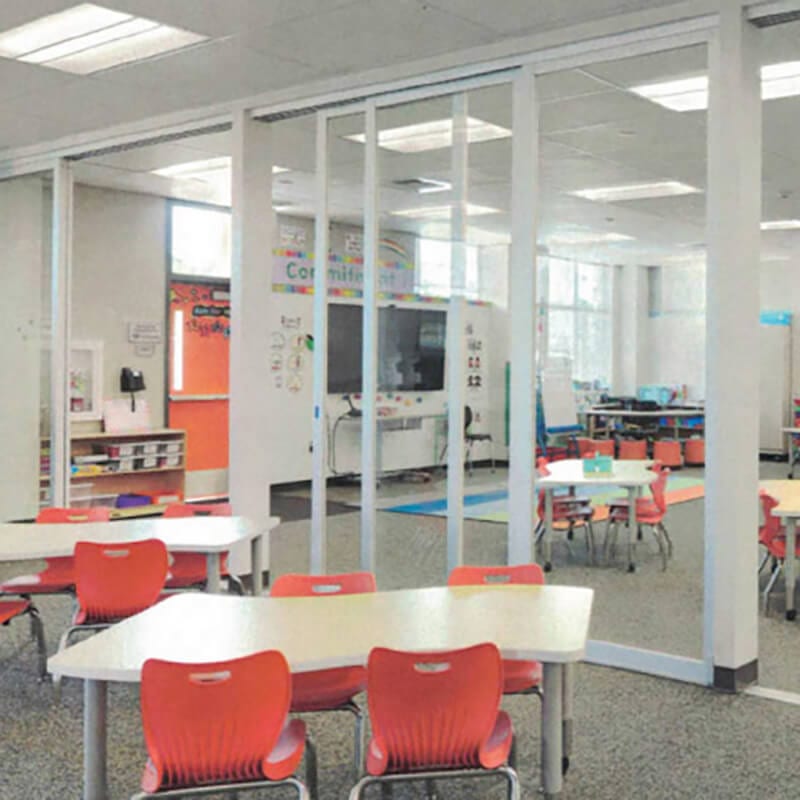 EDUCATION
EDUCATION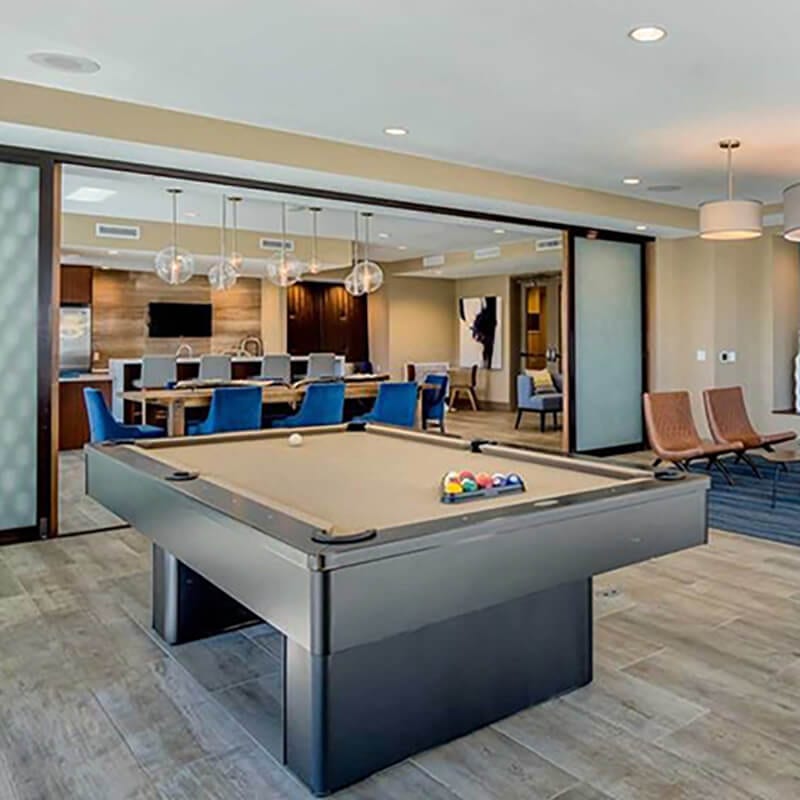 MULTI-FAMILY
MULTI-FAMILY BECOME A TRADE PARTNER
BECOME A TRADE PARTNER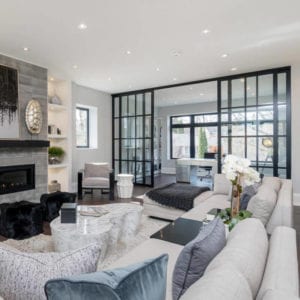
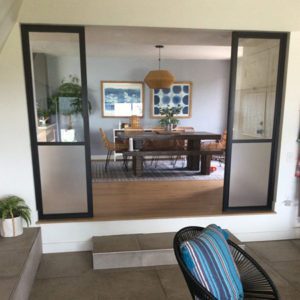 PARTITION WALLS
PARTITION WALLS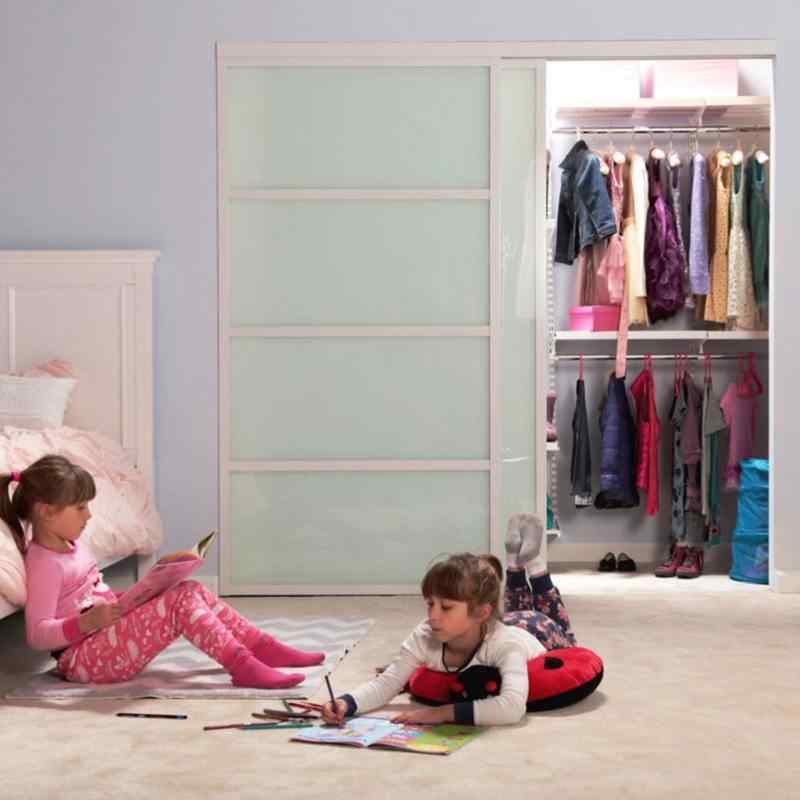 CLOSET DOORS
CLOSET DOORS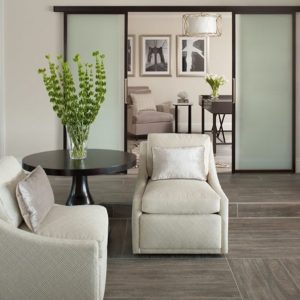 WALL SLIDE DOORS
WALL SLIDE DOORS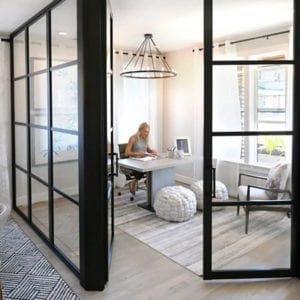 SWING DOORS
SWING DOORS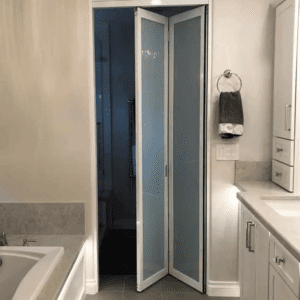 BI-FOLD DOORS
BI-FOLD DOORS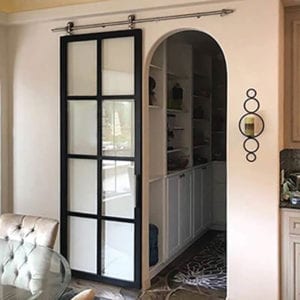 BARN DOORS
BARN DOORS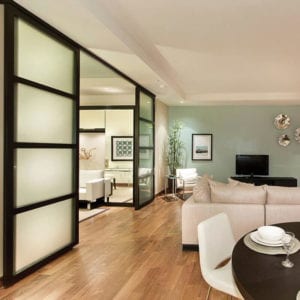 SUSPENDED DOORS
SUSPENDED DOORS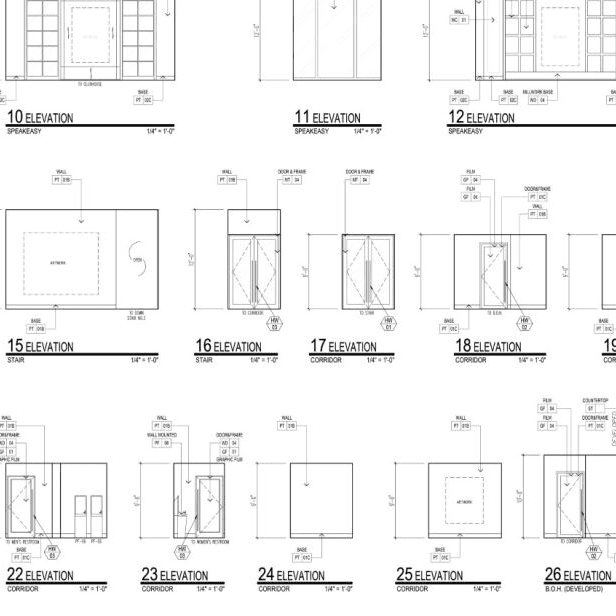

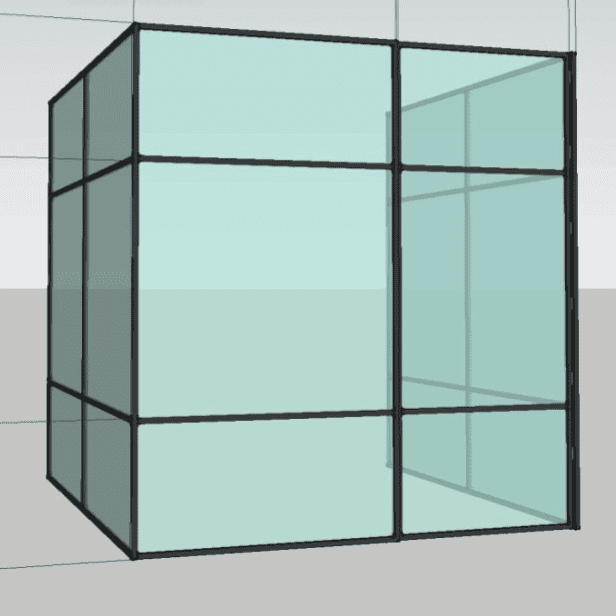
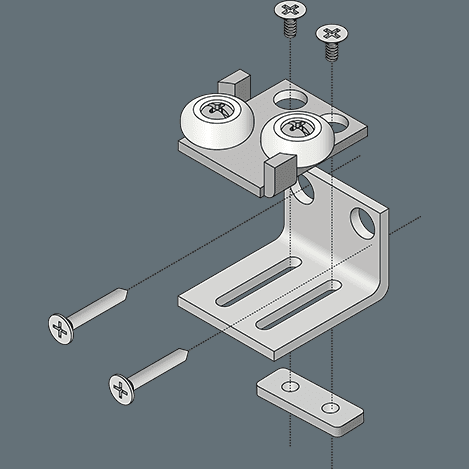
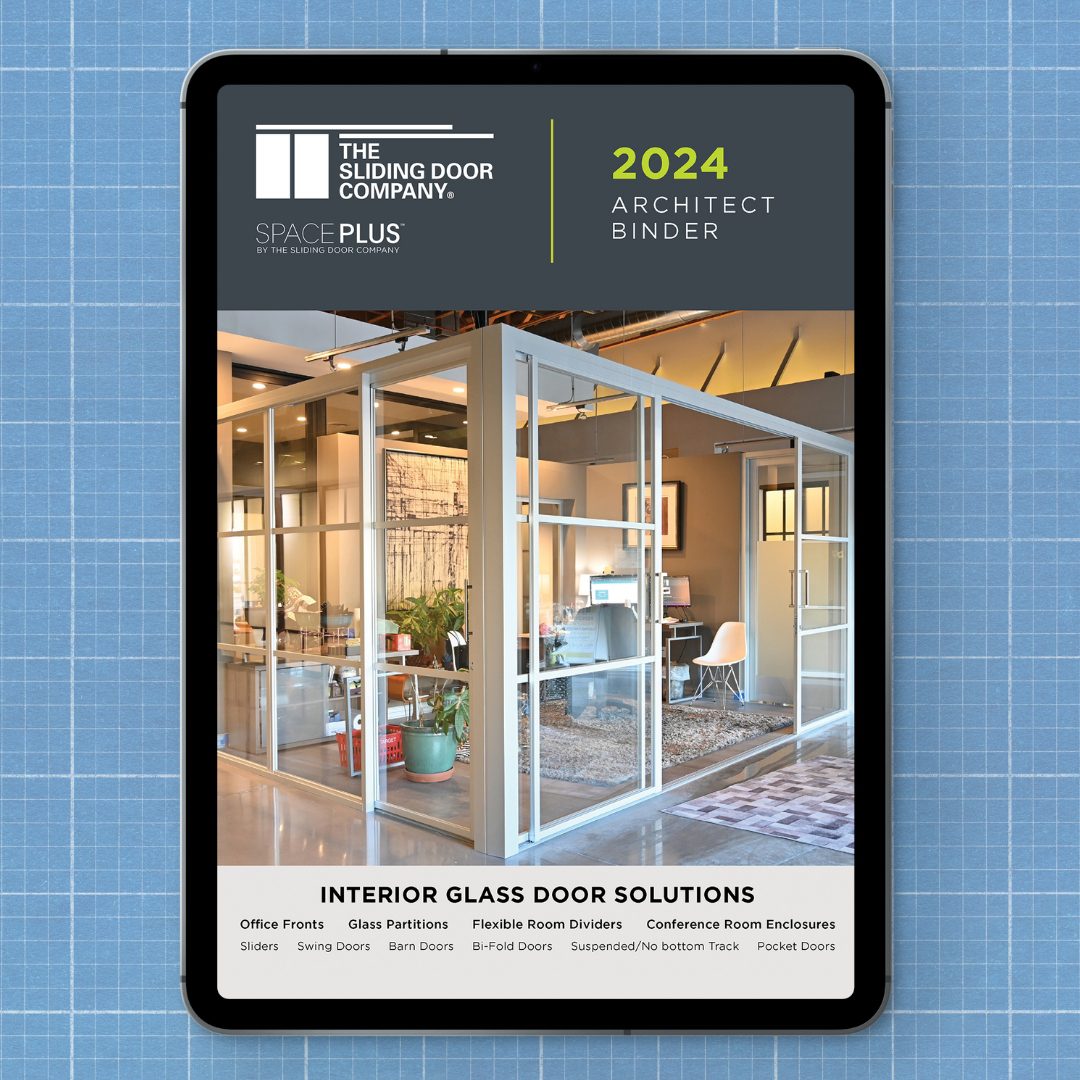
 10 REASONS
10 REASONS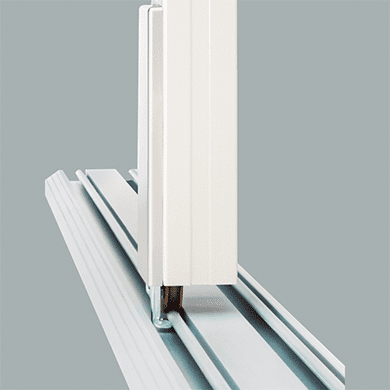 OUR PATENTS
OUR PATENTS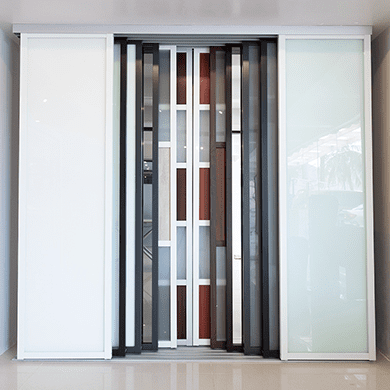 OUR PROCESS
OUR PROCESS OUR WARRANTY
OUR WARRANTY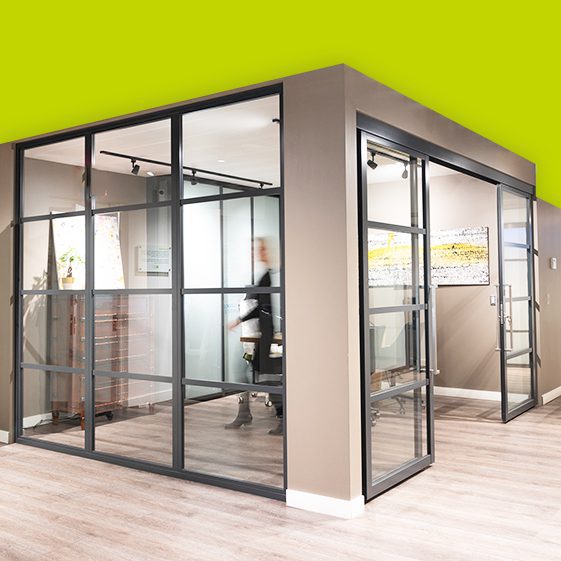 WHO WE ARE
WHO WE ARE CAREERS
CAREERS
